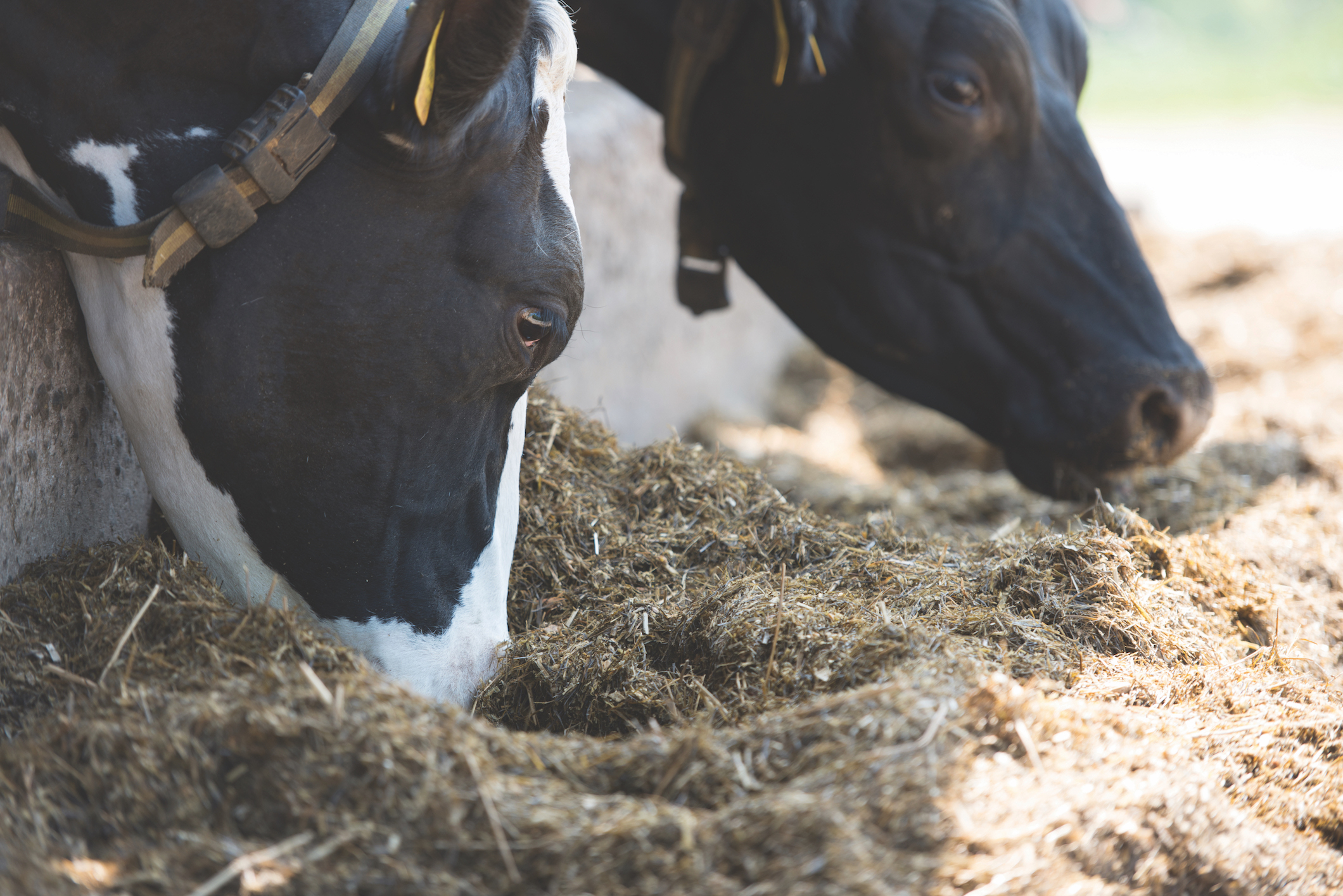Dairy farmer uses Actisaf to support cow health and performance on robotic dairy unit
Balancing feeding cows enough concentrate to support higher yields, but not compromising rumen health is a challenge on any high-performance dairy unit. Including Actisaf in his cows’ diet has helped dairy farmer, James Moore, maintain strong cow health and performance despite this challenge.James Moore, who manages a 320-acre farm in Co. Tyrone, Northern Ireland, has carried out this delicate balancing act since his family made the change to running a robotic dairy system in August 2012. Now, ten years later, he feels he has got the balance about right, with the inclusion of Actisaf live yeast playing an important role in helping maintain overall cow performance and health.
“In my experience, any herd is so much easier to manage if cows are kept healthy and happy,” explains James. “And we find that most cow health complaints start because of stomach problems. That’s why we want to include something in the diet to help manage rumen pH and maintain good rumen function.
“We have some very high yielding cows in our herd, who can push up to 70 litres of milk a day. Through a combination of our PMR provision, robotic feeders and out of parlour feeders, these cows can push intakes up to 20kg of concentrate and blend a day. This, combined with variation in silage quality throughout the season, has the potential to cause some rumen challenges. By including high rates of Actisaf in the diet, we know that we can keep rumen health in good condition, maximise milk yields and avoid any health issues.”
James farms alongside his brother, Kenny, where they milk 250 cows through four Lely robots, with around 40-50 dry cows also currently on the farm. Average milk yields stand at around 8,500 litres, with butterfat at 4.3% and protein 3.4%, and all milk goes to Lakeland Dairies. Cows are visiting the robots an average of three times a day.
James and his family used to graze their cows, but the logistical challenges of getting cows out to grass forced them to reassess their options and then house cows all year round. Once they had embraced changing their system, it didn’t take long until they adopted an automated approach, in 2012.
“We really enjoy running a robotic system,” continues James. “You get so much useful management data from the robots, and it gives you flexibility in terms of how you use your time. Those hours previously spent milking in the parlour can be used to analyse data and focus on issues that might be holding back a cow’s performance.”
Cows are fed a PMR consisting of grass silage and 2kg of blend - which includes Actisaf - through a mixer wagon. A mix of Fane Valley Platinum 22% nuts and Platinum 18% nuts (also containing Actisaf) is then fed through the robots, with the 18% nuts also fed through out of parlour feeders.
“Cows will receive a maximum of 8kg of concentrate through the robots, with supplementary intakes from out of parlour feeders graded according to yield,” says James. “Our targeted approach of matching precise feed to yield means we can use Actisaf to cater for our highest yielding cows, who can receive a total of up to around 20kg of concentrate and blend to support 55+ litres of milk.”
Actisaf has traditionally been included in the cows’ diet at a rate of 4g per cow, per day which has provided benefits to the herd through improved feed digestion and stabilisation of rumen pH. These benefits have contributed to increased milk yield and milk constituents, and resulted in less issues associated with poor rumen health. However, in 2020, James agreed to take part in a trial run by Fane Valley Feeds, examining the benefits of increasing this rate to 10g per cow. This stemmed from a trial of Actisaf conducted by Nottingham University on how the dose rate affected performance.
“We started a three-month trial in September 2020 phasing out the chemical buffer historically used alongside the Actisaf, and built up to 10g of Actisaf per cow, per day, before gradually reducing it again,” explains Dr David Johnston, from Fane Valley Feeds, who helped oversee the trial. “The Actisaf was provided through a combination of Platinum feeds, whereas before it had only been provided through the nuts.
“During the period of the trial James went from feeding out first cut silage, to some poorer quality, more stemmy second cut. While milk yield dropped slightly, as anticipated, it wasn’t anywhere near the level expected and I am confident that this is because of the positive impact that the Actisaf was having on rumen performance and increased fibre digestibility.” Cow health was also excellent, with James reporting no issues with foot problems, mastitis, or other common health complaints.
James was pleased with how the cows performed in the trial and provided renewed confidence in the benefits of Actisaf to his herd.
“Our cow health is really good, and they aren’t suffering any digestive issues despite their high feed intakes and fluctuations in silage quality,” concludes James. “The Actisaf is also supporting good fertility in the heifers and cows, and I am particularly pleased with conception rates. I do all the AI work on the farm, and the majority of cows and heifers conceive after a first service.
“Overall, Actisaf has played a positive role on our farm, and I am happy to keep feeding it for as long as we continue to receive the benefits that we’ve noted over the last few years.”

